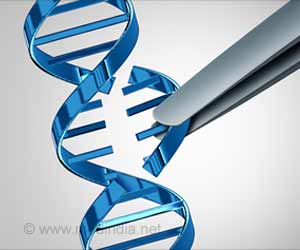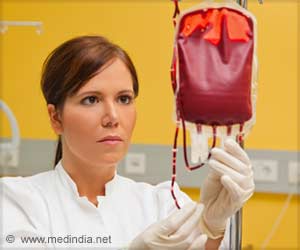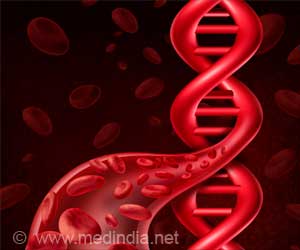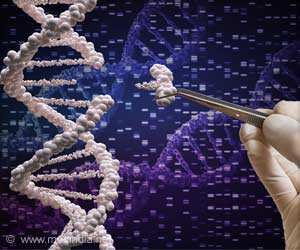New approach to gene editing for major blood disorders such as sickle cell disease and beta-thalassemia has been optimized. CRISPR-Cas9 gene editing can edit out diseased genes in blood disorders.
- Gene editing has brought in a new ray of hope for a final curative for blood disorders
- Scientists have identified a robust technique for editing blood stem cells to cure blood disorders like sickle cell disease (SCD) and beta-thalassemia
- SCD and beta-thalassemia are blood disorders caused by a mutation in the β-globin gene responsible for normal hemoglobin production
- In SCD, this genetic mutation produces abnormal hemoglobin in the form of sickle-shaped cells which clump together and can cause fatal strokes and embolisms
- In beta-thalassemia, there is a shortfall in production of hemoglobin due to which patients have to be on lifelong blood transfusions
Gene Editing and Blood Disorders
Gene therapy and gene editing have brought new hopes for a final cure for these disorders. CRISPR gene editing especially is thought to have great potential to edit out the disease genes. However, previous experimental attempts to correct the genomes of human blood and progenitor cells have had issues with efficiency, stability and unwanted off-target mutations. Scientists at Dana Farber/Boston Children’s Blood Disorders Centre and University of Massachusetts Medical School have found a method to optimize gene editing to improve efficiency and achieve durability.Read More..
The team worked on making an efficient, effective targeted edit. Previous research at Boston’s children’s hospital had indicated that inactivating a gene called BCL11A can kick start the production of fetal hemoglobin. BCL11A usually gets switched off when adult hemoglobin takes over after infancy.
Fetal hemoglobin is qualitatively similar to adult hemoglobin and does not sickle and restarting its production can serve as a cure for SCD and beta-thalassemia. The team at Bauer took this further and found a genetic enhancer of BCL11A which is active only in blood cells. This technique can enable efficient editing of autologous blood stem cells collected from patients.
The gene edited cells when infused back into the patients enabled the production of normal blood cells. When this technique was applied to the blood stem cells of patients with beta-thalassemia, it generated enough hemoglobin to make up the shortfall.
The other study involving gene editing of beta-thalassemia was published in the journal Blood. The study involved nine patients who donated their cells. These cells were manipulated in a petri dish. The CRISPR system was able to make efficient edits and restored the normal splicing of the beta-globin protein for normal production of hemoglobin.
Dana Farber has already been working on a gene therapy trial for SCD. The research team believes that a broad range of therapeutic options is necessary to provide patients with options of curatives.
- More efficient gene editing for blood stem cells could ease hemoglobin disorders - (https://vector.childrenshospital.org/2019/03/gene-editing-hemoglobin-disorders/)
Source-Medindia















